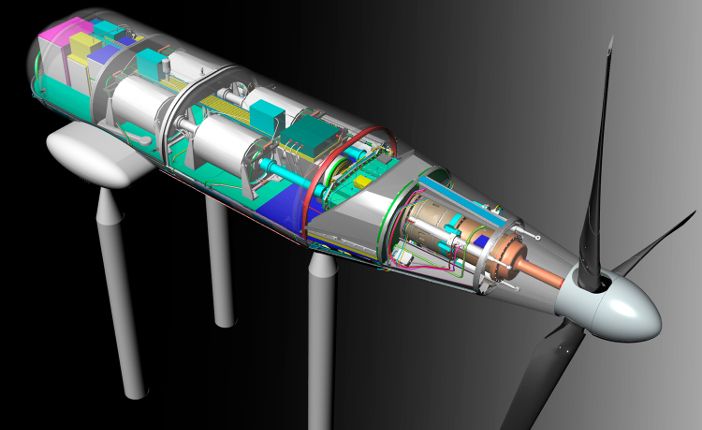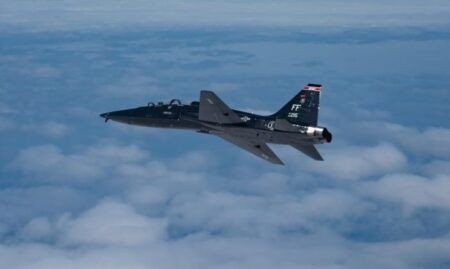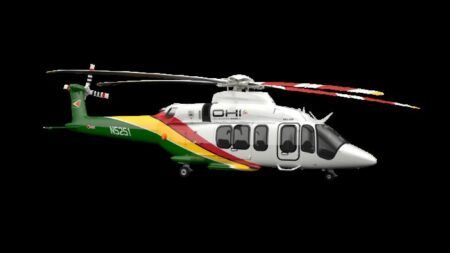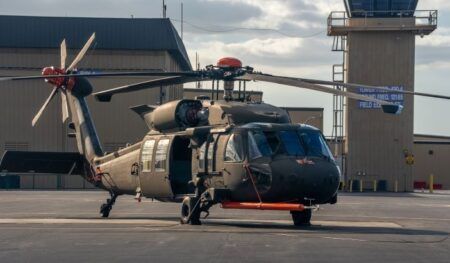The new Tiltrotor Test Rig (TTR) will get its first functional trial next month at NASA’s Ames Research Center in Silicon Valley, California. The testing will take place in the biggest wind tunnel in the world – the National Full-Scale Aerodynamics Complex (NFAC).
“This first test is a functional checkout,” said Susan Gorton, lead for the Revolutionary Vertical Lift Technology project at NASA’s Langley Research Center in Hampton, Virginia. “Because TTR is so large, we’ve never been able to spin it with the rotor blades installed. This will be the first time that the system will be completely assembled and operated. If we find any anomalies, we’ll circle back to fix those. Our goal is to have our system completely checked out, so we can have confidence in it.”
The name Tiltrotor reflects the ability of the rotors on the wings of these hybrid craft to shift from a helicopter-like orientation to an airplane-like orientation. The former lets the aircraft take off vertically, hover and land without a runway; the latter gives it greater forward speed.
Today, aviation is moving increasingly in the direction of tiltrotors. Although only one such craft is currently in production — the V-22 Osprey, used by the US Marines — tiltrotors are expected to enter the commercial aviation market in 2018.
“With a tiltrotor, you get a lot more range and speed than a helicopter, but it’s still able to hover, which gives you good accessibility in remote locations,” said Gorton.
Anticipated civil uses for tiltrotor aircraft include offshore oil operations and executive transport. NASA is particularly interested in technologies for large configurations that could be used in commuter transport between cities.
Before those applications can be developed, large, high-performance tiltrotor systems need to undergo exhaustive testing. When the TTR gets up and running, it will be unique in its ability to handle rotors up to 26ft in diameter, capable of reaching speeds of 300kts (345 mph).
“Other facilities out there test tiltrotor designs at much smaller scales, and then jump immediately to flight. They don’t have this advantage of being able to test at large scales,” Gorton said. “This is important, because we think the scale can have an impact on the test performance.”
January 19, 2017





